Game Designer
Vesna Grau
Welcome! I am a meticulous and methodical game designer with a passion for levels, systems, and gameplay. I am an unstoppable quick-study with an advantage of learning new concepts in a heart beat.

Welcome! I am a meticulous and methodical game designer with a passion for levels, systems, and gameplay. I am an unstoppable quick-study with an advantage of learning new concepts in a heart beat.

A furniture assembling simulator in VR. The player must creatively assemble various pieces of furniture to complete the level. IKEV (any coincidences with IKEA are random) messed up some orders so the player has to deal with a lack of furniture pieces and find a solution.
Everything started from a game jam idea of creating furniture out of the wrong pieces (for example, using bed components to create a chair). Unfortunately, the idea was too big for a jam scope, so it was discarded. Later, when I had a VR development course, I saw the possibility of implementing the idea.
VR was a platform that had the potential to advance the player's experience of a furniture assembling simulator. It offered opportunities to considerably increase immersivity by making the player physically perform actions. It also promised to make gameplay more fun by comparing it to the real-life experience with IKEA furniture assembling struggles.
Originally, the game was planned to have multiple levels with apartments of different architectural styles to provide the player with as diverse furniture assembling experience as possible.
The MVP for our first DEMO was to build the first level of the game taking place in a student dorm in Finland (I was taking measurements of my room to make sure that objects in VR have an accurate scale and feel normal). The initial level had the purpose of teaching the player the core game loop and mechanics: movement, receiving a box with ordered furniture, unpacking, assembling, disassembling, recombining, and visual instructions.
After researching the technicalities and specifications of working with VR, I hypothesized that the player would need a lot of guidance, so the whole first level should repeat the core game loop multiple times (pic. “Core game loop”).
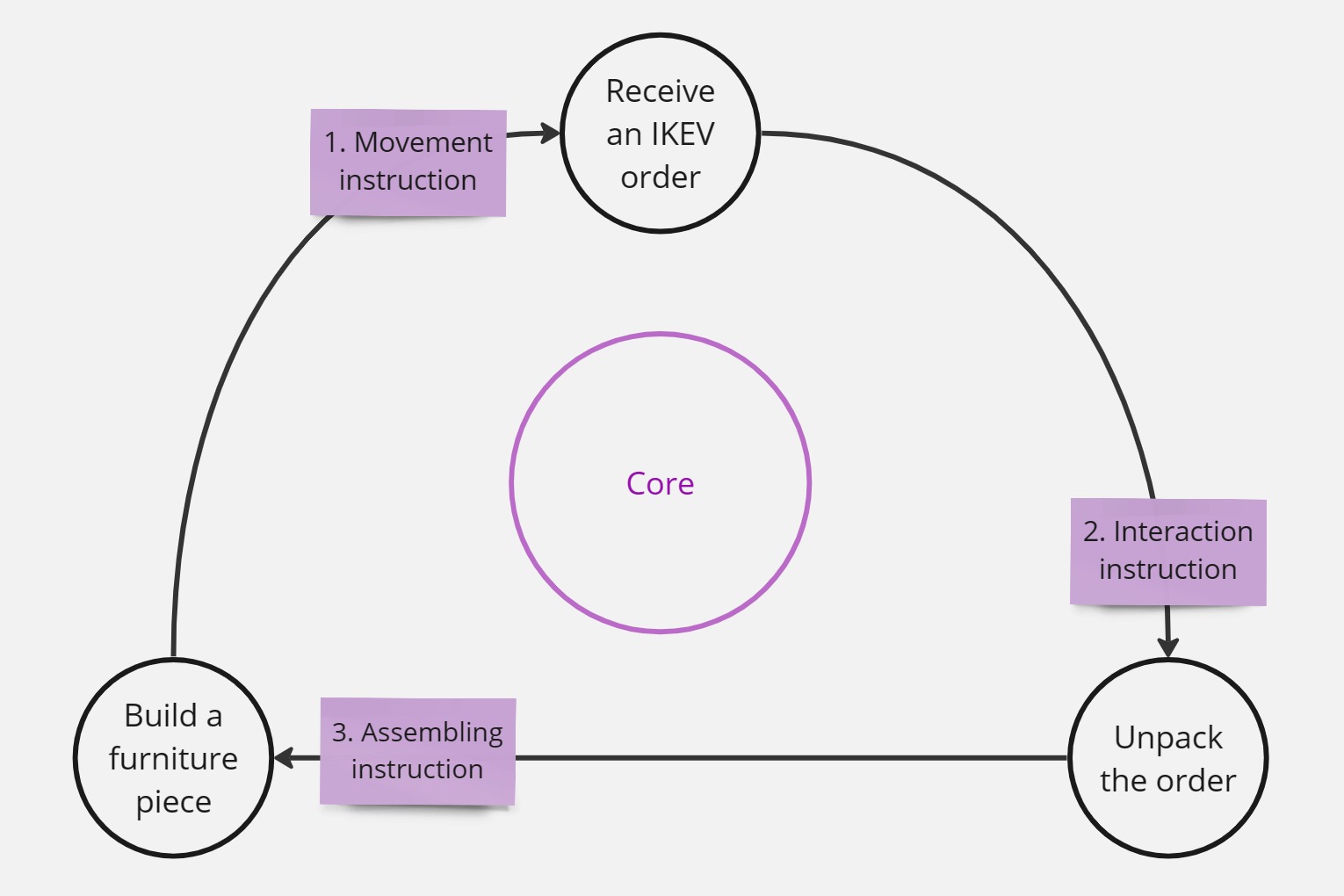
To test if the hypothesis was true, I developed 4 tasks that the player must complete to finish the level, each more complicated than the previous one. The tasks introduced core gameplay mechanics (assembling, disassembling, and recombining) and taught players to find creative solutions throughout the game.
Tasks included:
After the DEMO was finished, it was tested by people of two categories: familiar with VR and new to the technology.
Both test groups didn’t notice the task list and thus had difficulties figuring out what to do next. They also had issues understanding how the control system works and memorizing it even though the visual instructions were shown all the time.
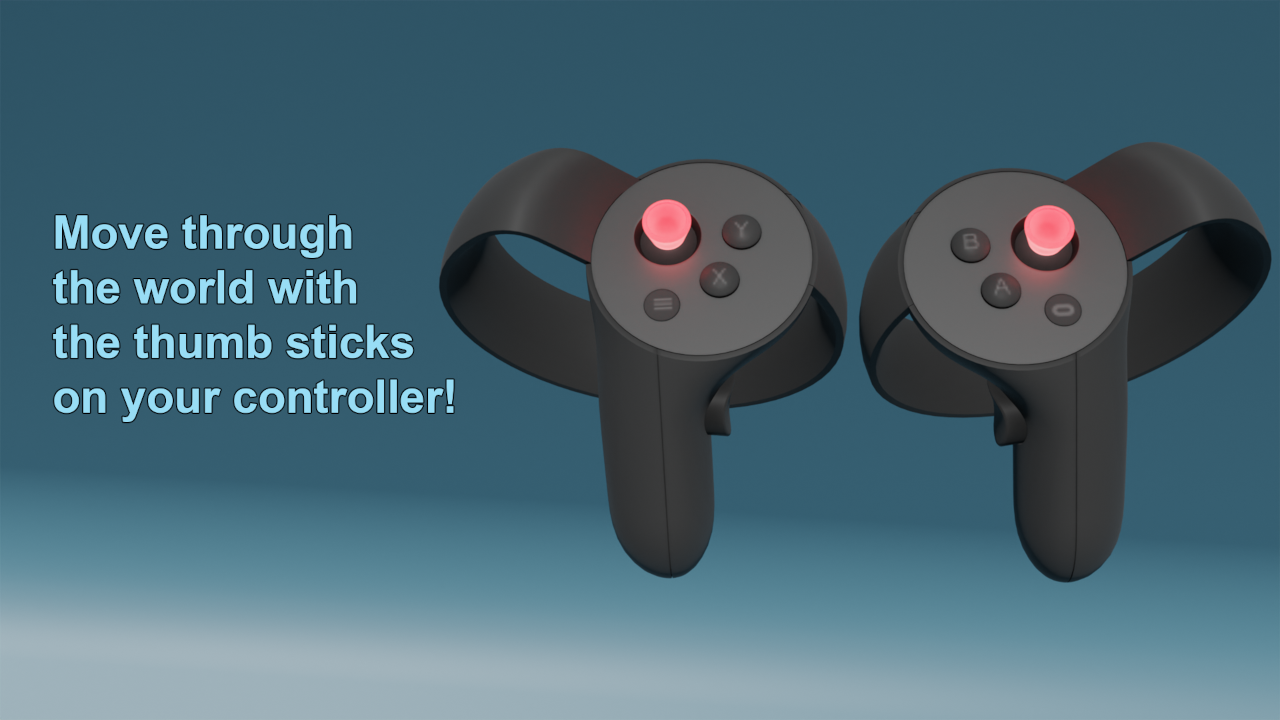
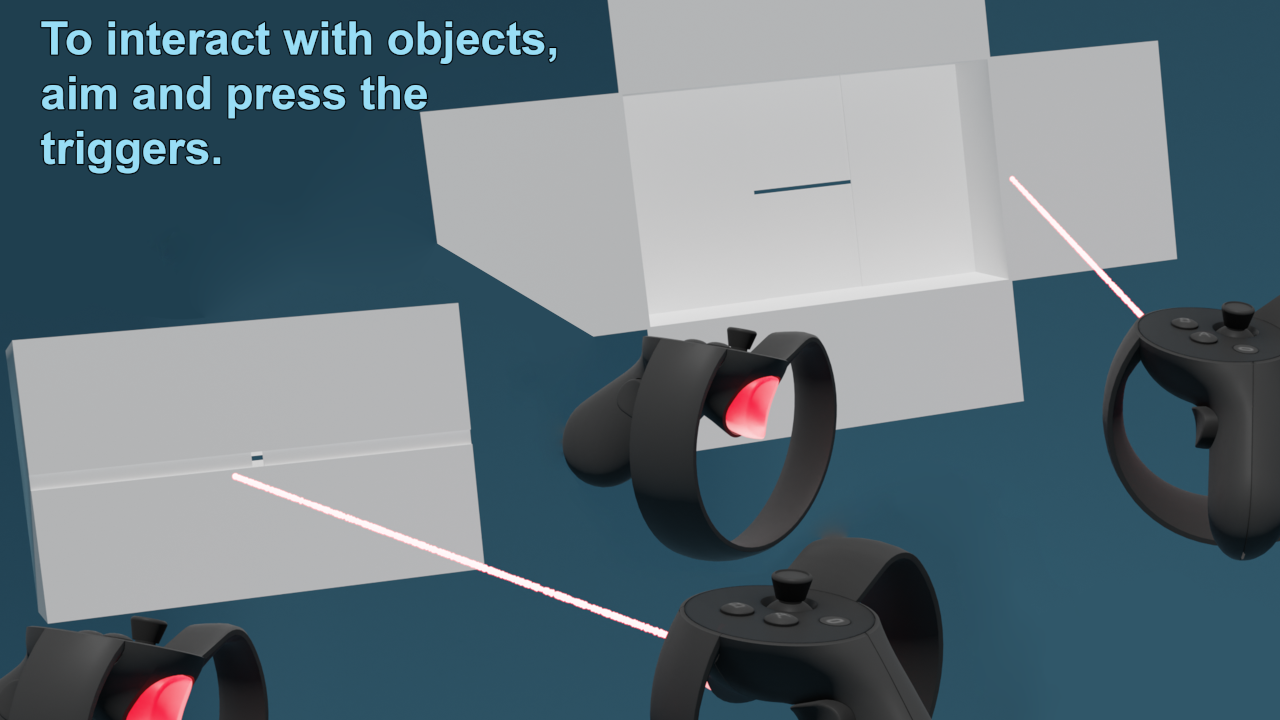
Additionally, people new to VR had problems figuring out even the basic assembling mechanic, while experienced test subjects found the recombining mechanic confusing.
The hypothesis of the need to repeat the core game loop multiple times to fulfill their need for guidance turned out to be true. However, the guidance that I provided wasn’t enough: people didn’t look at the visual instructions and tasks. So, I had to come up with other ways of leading players.
The second problem was the overly complicated control system. VR veterans got used to different unified controls, and VR newbies experienced a need to search for and press fewer buttons.
The third problem was in the recombining system. Being in an immersive and realistically-looking VR environment, players didn’t expect recombining tasks to be absurd and playful. So, I had to either change the tasks, change the visuals, or come up with better ways of teaching the players how to recombine.
In the second DEMO, I added sound, video, and VFX instructions in addition to the pictures. Moreover, instead of giving the player the ability to play at their own pace, I made the progression possible only after the briefing was completed. For example, I enabled movement and interactions only after the related video and audio were watched and listened to, and VFX highlighted where to move and what to interact with.


I also changed the task list to make the learning curve more gradual.
New tasks included:
To solve the second problem, I reworked the control system to meet the standards of VR games and the expectations of players based on the Edify VR Control Basics article.
I decided to solve the third problem by providing players with voice guidance which informed them what to do next, instead of letting them figure out what items should be recombined on their own. Neither recombining the system nor the game visuals were changed because the former would damage the fun and the latter would require a lot of art and code resources.
The new hypothesis was that with enough guidance both new and experienced players won’t find the control system and recombining tasks confusing.
The second DEMO was tested among those who played the previous version of the game and new players, which may not have been ideal. Later, it appeared that the test results were skewed. The testers who were already familiar with the game were much less patient with the game tutorial system as they knew what to expect and how to play, while the new players found it to be of reasonable length. In the later playtests, I didn’t use the same test groups again. Fortunately, even the incomplete playtest data clearly showed that the first two issues were solved. All players easily figured out controls and tasks.
The third issue was solved partially. Some players completed the first recombining task (to build a lamp using a plant pot tray) but found the second one (to build a plant using wooden stool supports) impossible to figure out.
Moreover, a new problem arose. Few players thought that the game was over before the second recombining task because they couldn’t find anything else to do.
The reason most players couldn't complete the tasks was the mismatch of their absurdity with the serious game atmosphere created by realistic visuals and sound. People did not anticipate the realistic furniture assembling simulator to suddenly become humorous. The only reason some players completed the first recombining task was the fact that there were direct voice and VFX instructions.
To solve the issue of averted player expectations, I opted to switch from realistic to stylized game visuals to change the attitude of players from serious to playful. The main advantage of this solution was that it required only a minimum of texturing art resources to be spent.
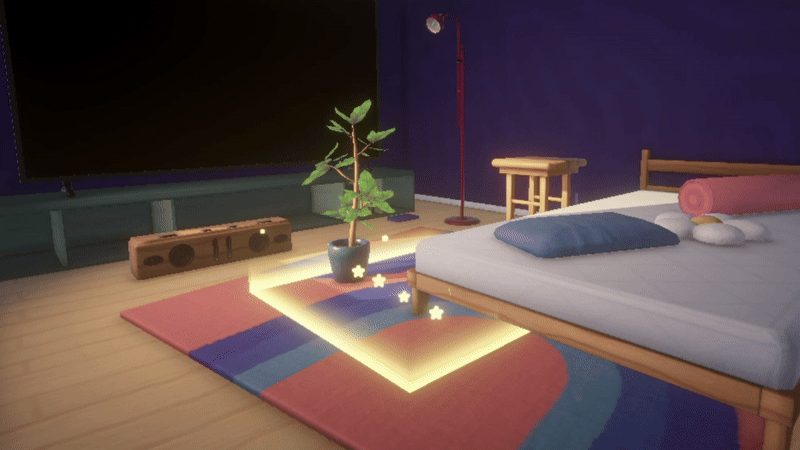
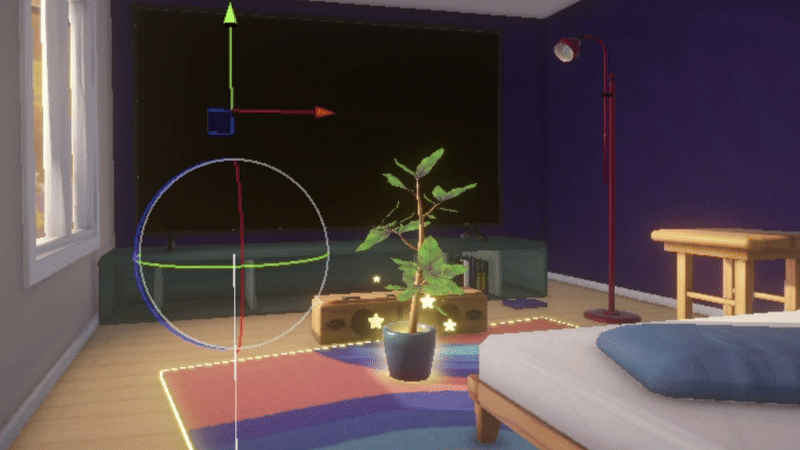
I found a newly arisen problem to be easy to solve as well. Players were able to progress to the next game stage (receiving a new furniture piece) immediately upon completion of the previous stage, with no other form of task completion communication. This lack of communication made players think that the game was over when no new furniture boxes were spawned.
To fix it, added an eye-catching sparkly visual effect appearing upon every task completion and changed the voice lines to be complimenting and reassuring. I also made the penultimate voice line to clearly state that the upcoming task is the last thing the player has to do to finish the game.
After many rounds of committing changes based on user feedback, I became skilled at guiding players' attention toward understanding the objectives of the game. After observing how much slower players processed information in VR in comparison with PC or mobile gaming, I worked hard and learned new skills to communicate with them effectively. The game's design evolved from players needing external assistance to a completely self-governing experience.